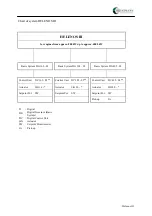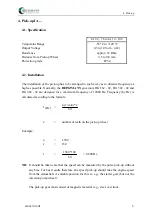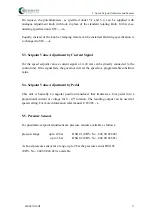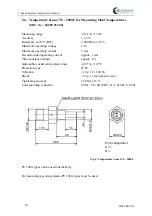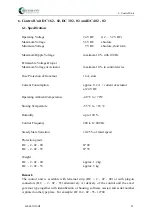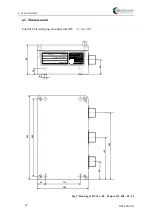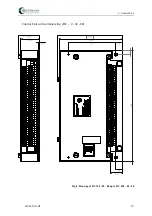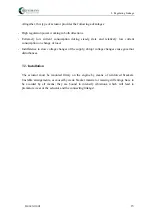
1 General Remarks
HELENOS III
2
g) Temperature Dependent Idling Speed
For low temperatures, the engine can be run at some higher idling speed. With the
engine warming up, idling speed is reduced to its normal value.
h) Velocity Limitation
For vehicles velocity limitations may be provided.
i) Velocity Regulation
For vehicles velocity regulation can be provided, by which the vehicle is made to
maintain some preset velocity.
j) Oil Pressure Monitoring
For the purpose of oil pressure monitoring, speed/pressure dependent limit curves can
be provided. If oil pressure is too low, an alarm is given; if oil pressure continues to
drop, the engine is shut down.
k) Load Regulation System
For diesel-electric locomotive operation, a load regulation system can be provided, by
which generator output is regulated in dependence on speed resp. load.
l) Anti Stick Slip Device
For locomotive operation, an anti stick slip device can be provided.
m) Accessories
Accessories such as synchronizing units, load measuring units, disturbance variable
compensation units can be connected via a CAN-Bus within the control unit. The CAN-
Bus may also be used to implement load distribution by equal fuelling (e.g., two
engines on one gear).
n) Output Signals
For speed and actuator travel, proportional signals are available in the range of
4–20 mA. They can be used for purposes of display or for further processing (e.g.,
switches).
Furthermore, if errors occur at the sensors or within the control system, an alarm is given.
o) Operating Data Storage
On request, operating data storage can be provided, by which in cases of disturbances
and failures the causes may be traced back even at some later time.
When selecting and determining the functions, it has to be ascertained whether the
hardware equipment suffices with respect to the total range of functions.






